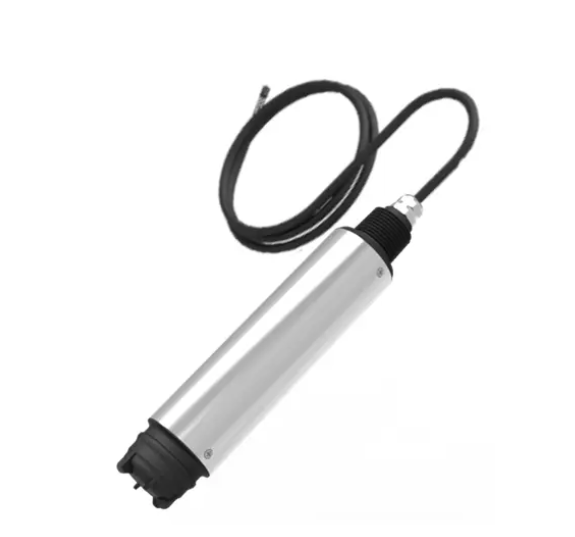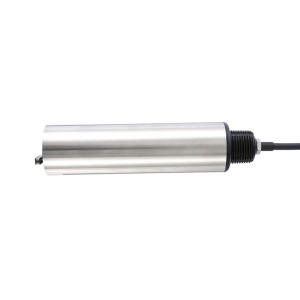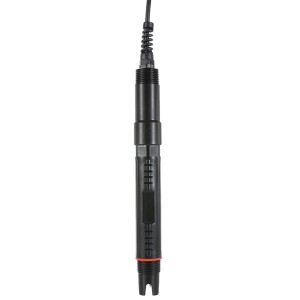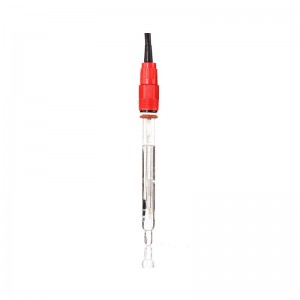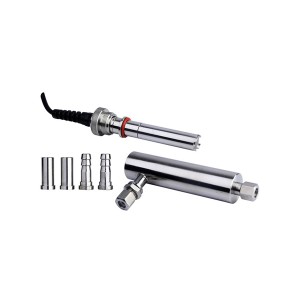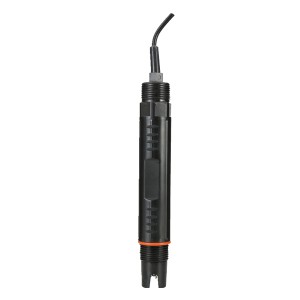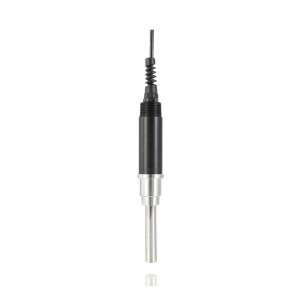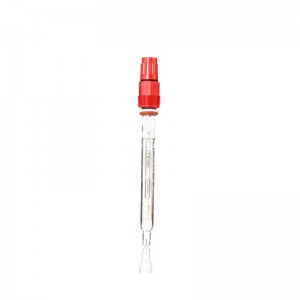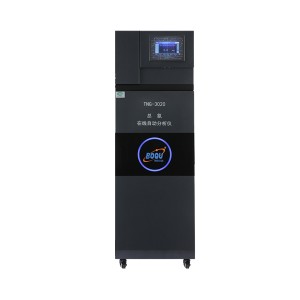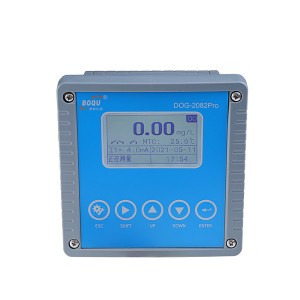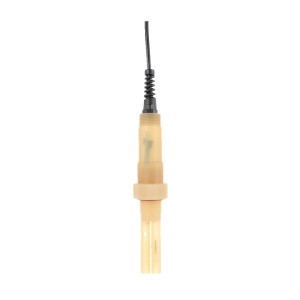River water resources play a vital role in sustaining ecosystems, supporting agriculture, and providing drinking water to communities around the world. However, the health of these water bodies is often threatened by pollution and inadequate monitoring.
In recent years, the use of dissolved oxygen sensors has emerged as a powerful tool for managing river water resources and promoting sustainability.
This article explores the significance of dissolved oxygen sensors, their impact on sustainability, and their role in ensuring the health of our rivers.
Understanding Dissolved Oxygen And Its Importance:
The Role of Oxygen in Aquatic Ecosystems
Aquatic organisms rely on oxygen dissolved in water to carry out essential life processes, including respiration. Adequate oxygen levels are crucial for the survival of fish, plants, and other aquatic organisms.
Monitoring Dissolved Oxygen Levels
Regular monitoring of dissolved oxygen levels helps us understand the overall health of a river ecosystem. Traditional methods, such as manual sampling and laboratory analysis, have limitations in terms of accuracy, timeliness, and cost-effectiveness.
The Emergence Of Dissolved Oxygen Sensors:
What Are Dissolved Oxygen Sensors?
Dissolved oxygen sensors are electronic devices designed to measure the concentration of dissolved oxygen in water. These sensors use various techniques to provide accurate and real-time data, enabling efficient monitoring of water quality.
High-quality Dissolved Oxygen Sensors Are available in BOQU:
BOQU is a leading expert in water quality testing, providing professional solutions for water quality monitoring. They combine cutting-edge detection instruments with IoT technology, harnessing the power of data analysis. BOQU offers a range of dissolved oxygen sensors, including industrial meters, laboratory and portable meters, online sensors, and laboratory sensors.
Their products are designed to meet various monitoring needs and are known for their reliability, accuracy, and ease of use. With BOQU’s dissolved oxygen sensors, users can effectively monitor and manage river water resources, promoting sustainability and preserving the health of our rivers.
1) Features Of Dissolved Oxygen Sensors:
- Fluorescence Measurement:
Dissolved oxygen sensors, such as the DOG-209FYD, utilize fluorescence measurement of dissolved oxygen. The sensor emits blue light, exciting a fluorescent substance that emits red light. The concentration of oxygen is inversely proportional to the time it takes for the fluorescent substance to return to the ground state.
- Stable and Reliable Performance:
The fluorescence measurement method ensures stable and reliable data without oxygen consumption measurement. This stability allows for accurate monitoring of dissolved oxygen levels over time.
- Interference-Free:
Dissolved oxygen sensors using fluorescence measurement have minimal interference from other substances, ensuring accurate and precise measurements of dissolved oxygen levels.
- Simple Installation and Calibration:
The DOG-209FYD dissolved oxygen sensor is designed for easy installation and calibration. Users can quickly set up and calibrate the sensor, reducing the potential for operational errors.
2) Advantages of Dissolved Oxygen Sensors:
- Accurate and Real-Time Monitoring:
Dissolved oxygen sensors provide accurate and real-time data on oxygen levels in water. This enables prompt detection of changes and potential water quality issues, allowing for immediate action to protect the river ecosystem.
- Cost-Effective Solution:
Dissolved oxygen sensors eliminate the need for frequent manual sampling and laboratory analysis, reducing labor and analysis costs over time. The initial investment in sensor installation is outweighed by long-term cost savings and improved efficiency.
- Remote Monitoring and Data Accessibility:
Some dissolved oxygen sensors, including those offered by BOQU, can be connected to data loggers or cloud-based platforms. This feature enables remote monitoring and access to real-time data from various locations. It promotes collaboration among environmental agencies, researchers, and stakeholders, facilitating data-driven decision-making processes.
- Integration with Data Management Systems:
Dissolved oxygen sensors can be integrated with data management systems such as geographic information systems (GIS) and water quality databases. This integration allows for effective analysis, interpretation, and visualization of monitoring data. It enhances long-term planning for river resource management and supports targeted conservation strategies
The Impact Of Dissolved Oxygen Sensors On River Sustainability:
Dissolved oxygen sensors are used to measure dissolved oxygen concentration in water. These sensors use various techniques to provide accurate and real-time data, enabling efficient monitoring of water quality. This technology has been around for decades and is widely used by many industries.
Early Detection of Pollution Events
Dissolved oxygen sensors facilitate the early detection of pollution events by detecting changes in oxygen levels. This allows authorities to respond quickly and prevent further contamination, minimizing the impact on river ecosystems.
Assessing Ecosystem Health
Continuous monitoring of dissolved oxygen levels helps in assessing the overall health of river ecosystems. By tracking oxygen fluctuations, scientists and environmentalists can identify areas of concern, pinpoint pollution sources, and develop effective conservation strategies.
Optimizing Wastewater Treatment
Dissolved oxygen sensors play a crucial role in wastewater treatment plants by monitoring oxygen levels and enabling efficient aeration processes. By optimizing aeration, these sensors help reduce energy consumption and enhance treatment efficiency, leading to improved water quality.
Implementing Dissolved Oxygen Sensor Networks:
A network of dissolved oxygen sensors can be used to monitor the health of aquatic ecosystems and identify areas in need of conservation.
Sensor Placement and Calibration
Strategic placement of dissolved oxygen sensors throughout river systems is essential to obtain representative data. Factors such as water depth, flow velocity, and potential pollution sources influence sensor placement. Sensors should be strategically positioned to capture spatial variations and ensure comprehensive coverage of the river ecosystem.
Additionally, regular calibration of sensors is necessary to maintain accuracy. Calibration involves comparing sensor measurements against standard solutions and adjusting the sensor readings accordingly.
Integration with Data Management Systems
Integrating dissolved oxygen sensors with data management systems, such as geographic information systems (GIS) and water quality databases, allows for effective analysis and interpretation of monitoring data. This integration facilitates data-driven decision-making processes and enhances long-term planning for river resource management.
Data management systems enable the visualization of sensor data, the identification of trends, and the generation of comprehensive reports. This information aids in understanding the complex interactions within river ecosystems, identifying emerging issues, and formulating targeted conservation strategies.
Final words:
The utilization of dissolved oxygen sensors in managing river water resources is instrumental in promoting sustainability and safeguarding the health of river ecosystems.
These sensors provide real-time, accurate data that enables early pollution detection, assessment of ecosystem health, and optimization of wastewater treatment processes.
By embracing this technology and integrating it into monitoring networks, we can work towards ensuring the long-term sustainability of our precious river water resources.
Post time: Jun-19-2023

